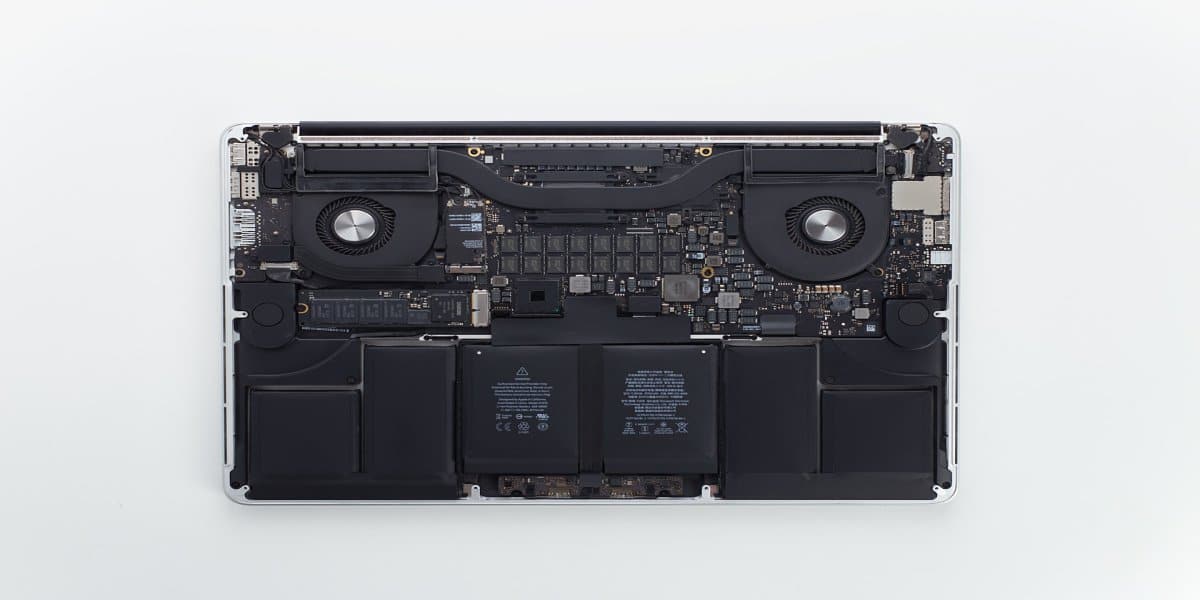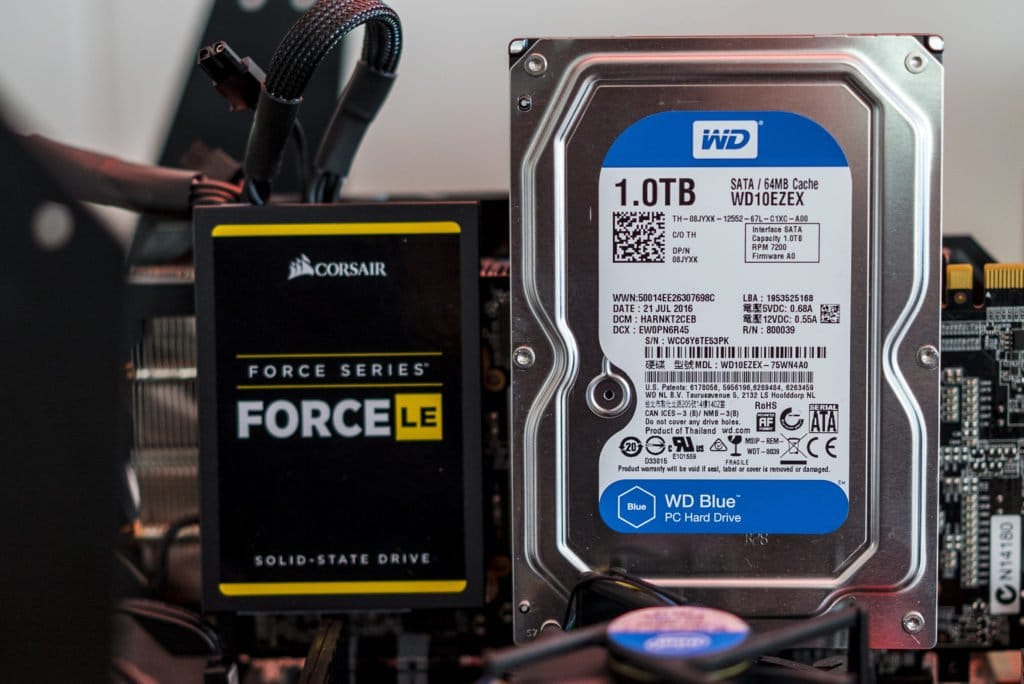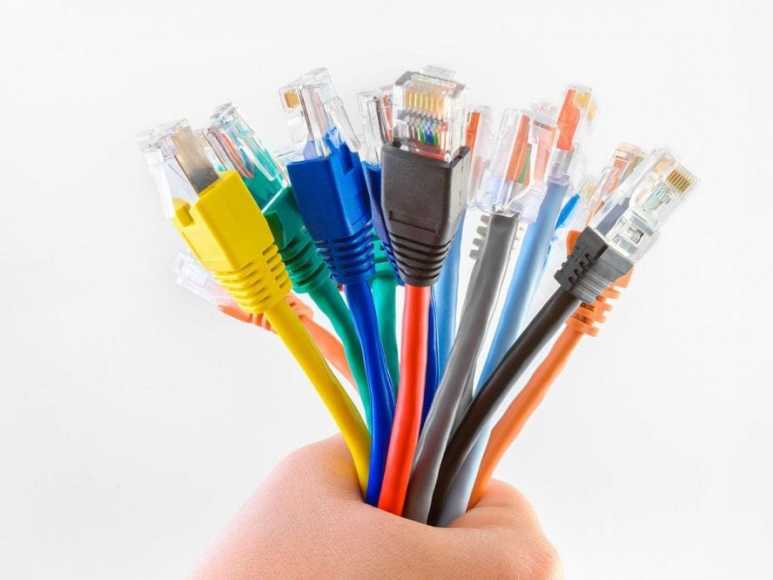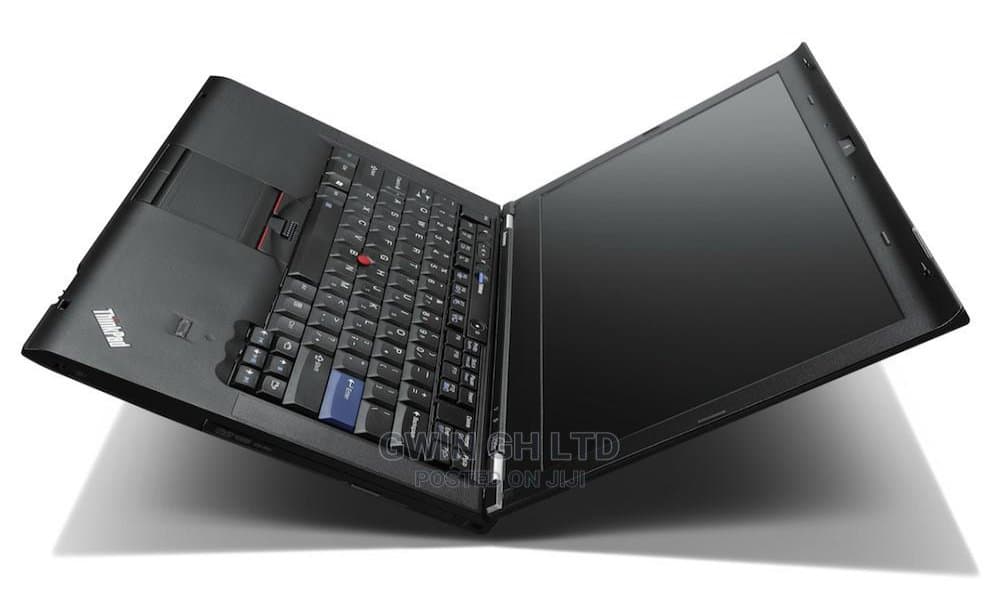What can I do with old laptops? If you’re buying an old laptop, you want to ensure that its specifications and components are capable of handling today’s software and meet at least the minimum standards of a modern-day laptop. Some old laptops can be upgraded to perform better or even match some budget laptops of today. Here are some important criteria an old laptop must meet before being purchased.
Page Contents:

RAM
The RAM (Random Access Memory) is the hardware in a computer that stores the operating system (OS), application programs, and data in use so that the CPU may access them rapidly. A computer’s main memory is known as RAM. Other types of storage, such as a hard disk drive (HDD), solid-state drive (SSD), or optical drive, are substantially slower to read from and write to. Random Access Memory (RAM) is a volatile storage medium. This indicates that data is stored in RAM while the computer is turned on, but it is lost when the computer is turned off. The OS and other files are reloaded into RAM when the machine is restarted, usually from an HDD or SSD.
Why is RAM an important feature when buying a laptop?
RAM can’t store persistent data due to its volatility. If a hard disk is a person’s long-term memory, then the short-term memory functions in the same way a RAM does. The RAM focuses on the task at hand, although it too can store information for some time. Short-term memory is focused on the task at hand, but it can only hold a certain number of things in mind at any given time. When a person’s short-term memory is full, facts from the brain’s long-term memory can be used to refresh it.
This is how a computer operates as well. When RAM becomes full, the computer’s processor must repeatedly access the hard disk to replace old data in RAM with new data. The computer’s performance is slowed as a result of this process. So if the old laptop you are buying does not have at least 4GB of RAM or offers the option to upgrade, then don’t buy it.
Screen Quality
The screen resolution is the most essential factor in determining image quality. The resolution controls how sharply everything on the screen is presented. You’ll see more details on a Full HD screen than on a device with a lesser resolution. A UHD screen, often known as 4K, has up to four times the detail of a Full HD screen. The IPS panel is also important since it allows you to view more accurate colors from all sides than a TN screen.
Low-quality display screens
To access the Internet, send emails, and process messages, a laptop with a basic screen would be sufficient. These laptops usually have a lower resolution than Full HD, making them unsuitable for watching Full HD movies or editing images. This category also contains laptops with Full HD screens and TN panels, which are ideal for gaming. Cheaper computers and laptops with small screens are more likely to have basic screens.
Medium spec screens
The resolution of mid-range laptops is at least 1920×1080 pixels, also known as Full HD resolution. The resolution is ideal for video and photo editing, gaming, and movie viewing. The image quality of these laptops is better than the basic models but not as good as the top-of-the-line models, thanks to the IPS panel. The maximum screen resolution is seen in top-of-the-line laptops.
Top-notch screens to look out for when buying a new laptop
The screens on top-of-the-line laptops are of the finest quality. Only screens with a resolution of 1920×1280 or greater are considered top-notch. This covers laptops having a QHD (2560×1440) or a UHD (2560×1440) resolution (3840×2160). Because of the high pixel density, all images are displayed sharply on these screens. As a result, these laptops are ideal for professional photo and video editing at higher resolutions than Full HD.
Battery Life
It’s exasperating to lose all of your work, photographs, and music when your computer loses power. While you cannot always prevent this from happening, you can make it less probable by understanding the indicators of a fading laptop battery and changing it as needed. Here are some things you should know about laptop batteries and how to avoid performance issues with your computer.
CPU
A central processing unit (CPU), sometimes known as a processor or simply a chip, is at the core of every laptop (or desktop) computer and is responsible for practically everything that happens inside. AMD, Intel, Apple, and Qualcomm produce the CPUs found in today’s laptops. The possibilities may appear limitless, and their names bewildering. However, once you understand basic CPU ground principles, picking one is easier than you might think.
The CPU is in charge of the computer’s primary logic operations. Mouse clicks, the smoothness of streaming video, responding to your orders in games, encoding your family’s home video, and more are all influenced by it. It’s the most crucial piece of equipment.
Note the cores and thread count
Two or more physical cores make up the majority of today’s laptop CPUs. A core is a kind of reasoning brain. When all else is equal, more cores are preferable to fewer, yet there is a limit to how many you may use in any particular situation.
A dual-core processor is today’s bare minimum for simple operations like internet surfing, word processing, social media, and video streaming. (In fact, single-core laptops are no longer available.) Multitaskers will benefit greatly from a quad-core or six-core CPU, which can currently be found in many low-cost notebooks. Eight cores or more are suitable for gaming, video editing, and other processor-intensive activities. Because they require more cooling, these CPUs are often found in larger notebooks.
The clock speed of a processor is measured in megahertz (MHz) or, more commonly, gigahertz (GHz), and it determines how many instructions (basic operations) the processor can process per second. Higher clock speeds are generally preferable, but when comparing clock speeds between different manufacturers or even between chips within the same brand, things get a little murky. This is because certain CPUs are more efficient than others, processing the same number of instructions in the same amount of time despite running at a lower clock speed.
GPU
A Graphics Processing Unit (GPU) is an abbreviation for Graphics Processing Unit. It takes on the responsibility of handling your computer’s visual signal outputs. GPU handles everything you see on the screen, including PowerPoint presentations, movies, and, of course, video games. If you’re using a desktop PC, the GPU will be housed on a graphics card that plugs into the computer; if you’re using a laptop, the GPU will be built right into the motherboard.
Laptop GPUs, often known as “mobile GPUs,” are critical for customers who desire greater horsepower in their everyday cars. Choosing the correct laptop GPU can give you a desktop PC-like experience while yet allowing you to move around. It is now fashionable to combine gaming and business wherever you go. This article will assist you in determining the finest laptop GPU for your daily use.
Integrated and Discrete Graphics
On laptops, there are two types of GPUs: Integrated GPUs and Discrete GPUs. Integrated graphics processors (GPUs) are graphics processors that are built into the CPU (Central Processing Unit). Discrete GPUs, on the other hand, are independently incorporated into the motherboard and can handle more advanced graphic processing. Laptops nowadays include at least one integrated GPU, and if it’s a higher-end model, like a gaming or creative laptop, it’ll have a discrete graphics card as well. Because integrated graphics are integrated into the CPU, the main vendors are the same as the CPU manufacturers: Intel and AMD. NVIDIA and AMD are the leading manufacturers of discrete GPUs.
Storage
Mechanical drives are being phased out of most recent laptops in favor of more robust and smaller solid-state drives. Optical disks are becoming increasingly rare as laptop form factors shrink, while SSDs are becoming more common.
The Hard Disk Drives

Hard drives are still the most prevalent type of storage in laptops, and they’re quite simple to use. The capacity and rotational speed of the drive will be used to describe it. Larger-capacity drives perform better than smaller ones, and faster-spinning drives are usually more responsive than slower ones when compared to drives of similar capacity. Slower-spinning HDDs, on the other hand, have a modest benefit in terms of laptop performance because they use less power.
Solid state drive
Solid state drives are increasingly replacing hard drives in laptops, particularly ultrathin laptops. Instead of using a magnetic platter to store data, these hard drives use a collection of flash memory chips. They offer faster data access, reduced power consumption, and increased reliability. The disadvantage is that SSDs do not have the same capacity as conventional hard drives. Plus, they’re usually a lot more expensive.
USB Type-Ports
The ports offer different types of connectivity, which are all very useful today. When buying an old laptop, it would be smart to check what type of port connectivity it offers.
USB Type A

By far, the most common laptop and desktop port is USB (universal serial bus). USB Type-A is the most common USB port, and it features a simple, rectangular shape. It may be capable of USB-2.0 or USB-3.0 speeds, depending on the hardware.
USB Type – B

This square connector isn’t found on any computer, but it’s used as an input port by numerous hubs, docking stations, and printers. You’ll need a USB Type-A–to–Type–B wire (opens in a new tab) for these devices, which usually comes with the accessory.
USB Type C
This compact USB port is the connector of the future, already found on a variety of devices and expected to soon replace USB Type-A, USB Type-B, and MicroUSB on all new systems. Type-C may fit on ultra-thin laptops like the MacBook 12-inch and the Asus ZenBook 3 since it’s substantially thinner than its predecessors. It’s also reversible, so you’ll never have to worry about plugging it in the wrong way.
keyboard and touchpad
Another important but most often overlooked spec of the laptop is the keyboard and touchpad. While the touchpad can be substituted with a mouse, the same can’t be said about the keyboard. The most important question is, why are you buying the laptop? If the reason involves lots of typing, then you should factor in the keyboard and its replacement availability.
Other Connectivity
When shopping for new laptops as a business owner, you want to make sure you get the most bang for your buck. It’s simple to choose a gadget only based on its screen size, hard disk space, and battery life. However, a laptop is more than just how it looks or how fast it runs. You should also think about its connectivity options. It’s possible that a laptop won’t perform the way you want it to if it lacks the appropriate ports and wireless capabilities.
Wi-Fi
One of the most common things we associate with computers is wireless internet. In reality, there isn’t a laptop on the market that can’t connect to a router. However, having Wi-Fi access is not the same as having decent Wi-Fi.
Ethernet

With a laptop’s Wi-Fi capabilities, an Ethernet connector is no longer as important as it once was. It is, nevertheless, a nice-to-have. Many large businesses now have a wireless internet connection as well as an Ethernet connection. If the Wi-Fi is slow because there are too many people using it, you can plug an Ethernet cable into your laptop and get a steady, stable connection.
Bluetooth
If employees want to connect their keyboards, mice, headphones, and speakers wirelessly, they’ll need a laptop with Bluetooth. Fortunately, most modern computers include this as a standard feature, but it’s still worth double-checking that the laptop has the most recent Bluetooth version. Look for Bluetooth 4.0, 4.1, or 4.2 support for the best signal quality and range. Each of these versions, of course, has faster data transfer rates than the previous one. Bluetooth 5.0 is the most recent version, which is better suited for smart IoT devices but is not yet generally available.
Spare parts availability
Most old laptop production has been discontinued by their manufacturer, hence the need to first make sure you can get spare parts from third-party vendors. You might break a screen, damage the keyboard, or something bad might happen to any component of the laptop. If that happens, how would you fix it? How easily accessible are the components, and at what cost? Right! No one would want to buy an old laptop and spend more money trying to fix just a part of it.
Bottom Line
These are the most important criteria a buyer must check when buying an old laptop. Knowing these beforehand prevents you from making a bad purchase that’d be regretted sooner than later.

